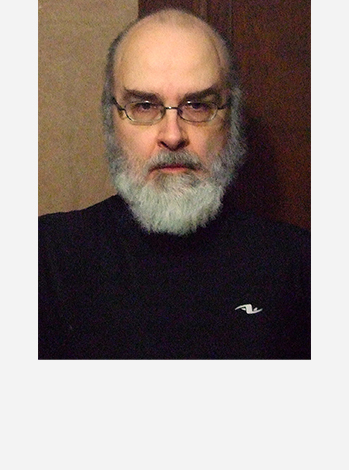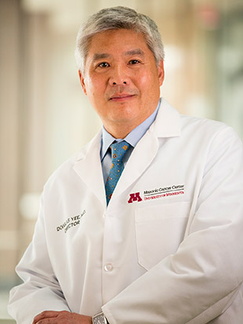Adjunct Faculty - Pharmacology
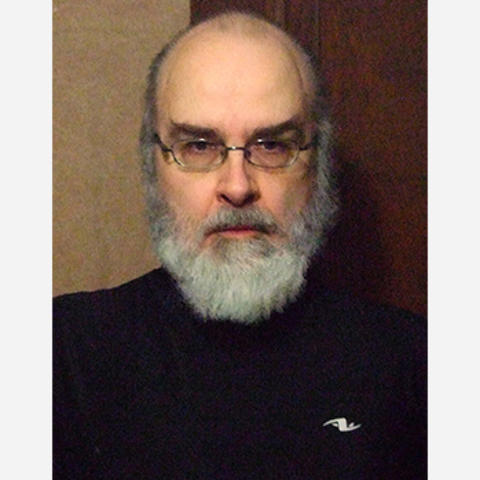
Bio
Dr. Burton is an Adjunct Associate Professor in the Department of Pharmacology and also affiliated with UMN’s Masonic Cancer Center & Minnesota Supercomputing Institute. He obtained his BS & BA degrees in Biology & Philosophy at Millsaps College in Jackson, Mississippi; his PhD at the University of North Carolina at Chapel Hill with Clyde A. Hutchison III & Marshall Edgell (inventing oligonucleotide-directed DNA synthesis & cloning techniques and discovering the mammalian LINES-1 repetitive DNA); and his postdoctoral training with J. Gregor Sutcliffe & Floyd Bloom at The Scripps Research Institute-La Jolla, California (inventing “physiological engineering” with a cyclic AMP-elevating transgene). While Assistant & part-time Associate Professor at UMN, his faculty research included the first transgenic "brain circuit-test" and the first transgenic mouse model of Tourette's Syndrome (TS) and comorbid Obsessive Compulsive Disorder (OCD) & trichotillomania (TTM), from which his model of hyperglutamatergic corticostriatal circuitry in these disorders stimulated clinical validation of D1 antagonist, antiglutamatergic, and opioid antagonist drugs to treat them. He’s now also a small pharma, biotech, & medtech entrepreneur who continues lecturing for Pharmacology while maintaining a small basic & translational academic UMN research lab at Hennepin County Medical Center’s (HCMC’s) Hennepin Healthcare Research Institute (HHRI).
Research Summary
Dr. Burton’s UMN-associated research pursuits & academic interests include: 1) syncretic and orphan drugs to reprogram tic & compulsion circuit output, 2) cancer "bottleneck" genes, 3) aging “trapdoor” genes, 4) supercomputer-aided design of abiogenic non-replicative psychrophilic oligonucleotide reproduction & bioelectrically-conductive laminar DNA superstructures, 5) orphan and off-label drugs to speed insensate wound repair, 6) orphan-to-large market biologics to prevent and reverse infectious diarrheal disease, and 7) retrodictive foundational interpretations of quantum mechanics. Dr. Burton's non-UMN-associated entrepreneurial pursuits include: A) preventive treatments for cold-induced asthma, Raynaud’s syndrome, and hypothermia; B) behavioral informatics software.


Bio
Dr. Robbins is an Adjunct Professor in the Department of Pharmacology and an Adjunct Associate Professor in the Department of Experimental and Clinical Pharmacology (ECP). He received his B.S. degree in Biochemistry from UCLA and his Ph.D. in Pharmacology from the University of Minnesota Medical School. He completed his postdoctoral training under Drs. Robert Sorenson and Robert Elde, in the Department of Anatomy at the University of Minnesota Medical School. Following his scientific training, Mark obtained a J.D. degree magna cum laude from Saint Louis University School of Law. Mark has over 35 years of broad-based drug research and development and commercialization experience in both start-up and fully integrated pharmaceutical/biotechnology companies. His therapeutic areas of interest include CNS, cardiovascular, oncology, endocrine/metabolic, women’s heath, and diagnostic medicine. He provides strategic assistance to entrepreneurs with starting up and financing biotech ventures. Mark is President of Kodiak Strategic Consultants, which assists in developing and implementing regulatory/clinical strategies leading to successful NDA/BLA approvals.
Links to Selected Published Works:
https://www.ncbi.nlm.nih.gov/pubmed/27165535 PMID: 27165535
https://www.ncbi.nlm.nih.gov/pubmed/26038695 PMID: 26038695
https://www.ncbi.nlm.nih.gov/pubmed/25259810 PMID:25259810
https://www.ncbi.nlm.nih.gov/pubmed/25100328 PMID: 25100328
Faculty at Affiliate Sites

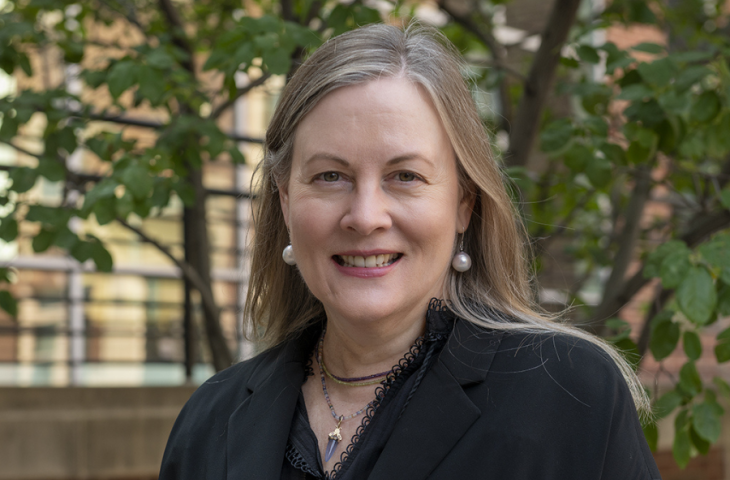
Bio
Dr. Lange is a Professor in the Departments of Medicine and Pharmacology at the University of Minnesota. She holds the Tickle Family Land Grant Endowed Chair of Breast Cancer Research. She received her PhD from the University of Colorado School of Pharmacy in 1991. She holds memberships in the American Association for Cancer Research (AACR), The Endocrine Society (ES) and Women in Endocrinology (WE). Dr. Lange serves as teaching faculty in the U of MN Department of Pharmacology Graduate Program, the Microbiology, Immunology, and Cancer Biology (MICAB) Graduate Program, the Genetics, Cell Biology, and Development (GCD) Graduate Program, and the MSTP (MD/PhD Combined) Program. She has served on several NIH Study Sections including Biochemical Endocrinology, Metabolic Physiology, Tumor Cell Biology, and Molecular Oncogenesis. She is on the Board of Scientific Advisors to the NIEHS. Dr. Lange is the Editor-in-Chief of the journal of Endocrinology (The Endocrine Society - Oxford Academic Journals)
Research Summary
The Lange Lab is focused on the role of steroid hormone receptors (SRs) in breast and ovarian cancers. Estrogen receptor (ER) and progesterone receptors (PRs) are ligand-activated and context-dependent transcription factors that are essential for development of the breast and reproductive tract. Altered sex hormone levels contribute to cancer risk in these tissues and drive metabolic and cell fate transitions associated with rapid tumor progression. The presence of abnormally activated ERs and imbalanced/activated PR and GR isoforms in hormone-driven tumors can dramatically influence response to endocrine or other therapies. Our overarching research goal is to better understand how SR+ breast cancers and other hormone-influenced cancers of reproductive tissues escape endocrine (i.e. SR-blocking) or other molecular targeted therapies that primarily target signaling pathways that are active in proliferating cancer cells.Ongoing projects encompass the following research themes and their molecular mechanisms:• ER and PR isoform signaling cross talk in luminal breast cancer progression• Ligand-independent actions of p-SRs and p-SR-containing complexes in breast cancer• Altered SR actions in the context of ESR1 mutations or BRCA1/2 loss or mutation• Cellular "stress" sensing by phospho-GR in triple negative breast cancer progression• Fallopian tube transformation and early SR+ serous ovarian cancer progression• Cell fate plasticity (cell cycle exit/entry into G0) and breast cancer stem cell biology• Mechanisms of and biological role of cancer cell dormancy/quiescence and senescence• SR and signaling pathway regulation of breast cancer stem cell populations and biology• Breast cancer metastatic cell dissemination as circulating tumor cell/stem cell clusters.
Research Interest: Solid Tumors
Contact
Address
3-126 CCRB2231 6th Street SE
Minneapolis, MN 55455

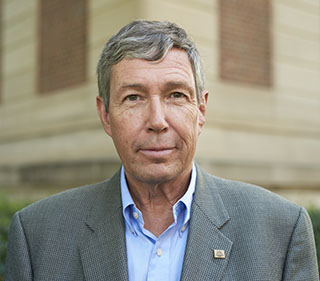
Research Summary
Neurotransmission of Pain Dr. Wilcox and colleagues are engaged in research into the spinal neurotransmission of pain and mechanisms underlying hyperalgesia, analgesia and analgesic tolerance. Studies of both excitatory and inhibitory neurotransmission in the rodent spinal cord apply behavioral, electrophysiological (both in vivo and in vitro),immunocytochemical and molecular techniques. Behavioral experiments define biologically relevant interactions, which are then examined at the cellular and molecular level using the more reductionist approaches. A key feature of research projects in this laboratory is open collaboration with laboratories located both here and at other universities. One major thrust of these investigations examines neurotransmitters thought to mediate major components of excitatory neurotransmission from primary afferent sensory fibers to secondary projection neurons in spinal cord dorsal horn: the excitatory amino acids (EAAs) like glutamate and the neurokinins like substance P. Intense or prolonged excitatory transmission via both these pathways is thought to evoke long term synaptic plasticity and excitotoxicity, which may underlie the development of some chronic pain states. A second major focus of work in the laboratory is the characterization of several inhibitory neurotransmitters and their receptors which together modulate this excitation. The neurotransmitters, enkephalin, serotonin and noradrenaline, inhibit various components of the incoming excitatory pain message in the dorsal horn via a number of inhibitory receptor subtypes. We are characterizing the interactions between these receptor subtypes and localizing them using transgenic mice, antisense oligonucleotides and immunocytochemical techniques. Finally, Dr. Wilcox facilitates access for Neuroscience students to high performance computing laboratories on campus - The Laboratory for Computational Science & Engineering and The Minnesota Supercomputer Institute (MSI). High performance computers and visualization are now finding applications in biological imaging, macromolecular modeling and neuronal simulation. A recent neuroscience graduate student developed a new method to optimize correspondence between neuronal simulations and experimental structure-function data.
Selected Presentations

Bio
I am a medical oncologist with a specialty in breast cancer. My laboratory has been interested in the regulation of cancer cells by the insulin-like growth factors (IGFs) and insulin. I also maintain an active clinical practice in the medical management of breast cancer. As part of my clinical care, I also serve as the site principal investigator on several clinical trials that employ experimental therapies targeted against IGF receptor and the PI3K pathway. I am chair in of the Agent Selection Committee of I-SPY2 and I also serve on the Executive Committee of this trial designed to validate investigational therapies in the neoadjuvant treatment of breast cancer. I have been the director of the Masonic Cancer Center since 2007. I have maintained these clinical, translational, and research activities to best identify strategies for improved outcomes in cancer.
Research Summary
Administrator Info
Name: Marina Sladojevic
Phone: 612-626-5475
Email: marinas@umn.edu
Mail: Masonic Cancer Center, University of Minnesota
420 Delaware Street SE
MMC 806
Minneapolis, MN 55455
Summary
My laboratory has been interested in the regulation of cancer cells by insulin and the insulin-like growth factors ( IGFs ). Our laboratory was one of the first to show a role for this pathway in Ewing's sarcoma and breast cancer. The laboratory remains focused on the signaling pathways regulated by the IGFs that are relevant to cancer biology. We have shown that IGF signaling is dependent on activation of specific adaptor proteins and downstream signaling molecules. Our lab is also evaluating the role for the fetal isoform of the insulin receptor (IR-A) in breast cancer biology. Interactions between estrogen receptor expressing breast cancers and insulin/IGFs result in enhanced growth and increased survival. While some anti-IGF strategies have been tested in clinical trials, toxicities and lack of targeting of IR-A has limited the clinical efficacy and the laboratory is working on strategies to target IR-A specifically without inhibition of the adult isoform of insulin receptor (IR-B).
Clinical Summary
Breast cancer
Contact
Address
Masonic Cancer Center University of Minnesota420 Delaware St. SE MMC 806
Minneapolis, MN 55455
